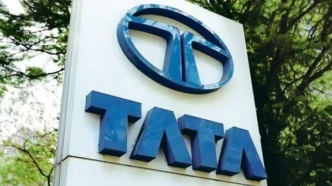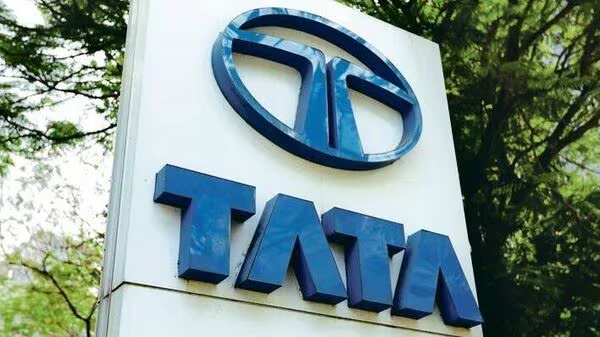The Verizon DBIR 2025 doesn’t just spotlight threats—it maps out a booming cybercrime economy. Based on over 12,000 data breaches, this year’s report reveals a shift from isolated incidents to interconnected attack systems, where ransomware groups, access brokers, and infostealers collaborate across a supply chain of compromise.
This isn’t the same cyber landscape we’ve seen in years past. Attackers have matured. They now operate in structured, service-based ecosystems that mimic legitimate businesses. Let’s unpack the five biggest trends that signal where the threat economy is heading—and what security leaders must do next.
1. Infostealers and Ransomware Now Work in Tandem
A standout insight from the Verizon DBIR is how infostealers are powering the ransomware boom. These credential-stealing tools no longer work in silos—they kick off a chain reaction.
In fact, 54% of ransomware victims had credentials exposed in infostealer dumps. Most of these came from unmanaged devices, often used in both personal and professional settings—where oversight is minimal.
What’s emerged is a layered attack system. Traffic is funneled through malicious ad networks or traffic distribution systems (TDS). Victims land on trap sites, malware is silently deployed, and credentials are harvested. These are passed on to access brokers, who then sell entry to ransomware gangs. Every actor profits from their part in the breach. The breach itself? Often silent until the ransom hits.
2. Zero-Days and VPN Exploits Are Up Dramatically
The Verizon DBIR 2025 shows a 34% jump in breaches that began with vulnerability exploitation—especially targeting VPNs and edge devices. These accounted for 22% of initial access points, up from just 3% last year.
Attackers are targeting systems at the edge of the network, where patching is slow and monitoring is fragmented. They’re using automation to weaponize new vulnerabilities almost as soon as they’re disclosed.
What this means for defenders is simple: the network perimeter is now the frontline. If you’re still focused on just endpoint detection or internal firewalls, you’re already behind.
3. Third-Party Breaches Have Doubled
In a stat that should worry every security team, 30% of breaches now involve a third party. That’s double last year’s figure, according to the Verizon DBIR. Software vendors, SaaS tools, and IT service providers are increasingly being exploited as backdoors into larger organizations.
The report references incidents where vendors failed to enforce multi-factor authentication, reused credentials across environments, or didn’t rotate expired access tokens.
This goes beyond vendor risk. It’s a governance issue. Companies are still treating their partners as secure by default—when in reality, any weak link can become the entry point.
4. Secrets Management Is Still a Weak Spot
One of the most persistent problems highlighted in the Verizon DBIR is secrets leakage—especially in public repositories and CI/CD pipelines. GitLab tokens made up 50% of leaked secrets found online. Even worse, the average time to fix exposed secrets was 94 days.
In fast-moving DevOps environments, security is often an afterthought. API keys, session cookies, and tokens get hardcoded and left behind. And in systems driven by automation, those secrets can give attackers deep access without setting off alarms.
Secrets aren’t just technical mistakes anymore—they’re becoming entry points for sophisticated, long-term breaches.
5. GenAI Use Is Quietly Expanding the Attack Surface
Generative AI hasn’t drastically changed attacker behavior—yet. But according to the Verizon DBIR, GenAI is creating security blind spots inside organizations. Around 15% of corporate users are engaging with AI tools from work devices, and most are doing so outside of sanctioned apps or governance frameworks.
The majority of those logins use personal emails, which means sensitive data is being pushed into third-party systems with unknown retention policies and weak oversight.
In essence, GenAI has become the new shadow IT. If companies don’t tighten controls now, they’ll soon be cleaning up after leaks they never saw coming.
What the Verizon DBIR Means for Cybersecurity Strategy
This year’s Verizon DBIR makes one thing clear: cybercrime has scaled because the infrastructure behind it has matured. Attackers are efficient. They use playbooks, automation, and partner networks to streamline every step from breach to extortion.
Security teams need to adapt fast. That means shifting resources from reactive controls to proactive defense—investing in threat intel, Protective DNS, attack surface management, and credential monitoring. It also means addressing the fundamentals: patching edge devices, auditing third-party access, and enforcing strict secrets management.
In a threat economy this connected, the weakest link isn’t just a risk—it’s a business opportunity for attackers. The Verizon DBIR is a wake-up call. Now is the time to respond.













